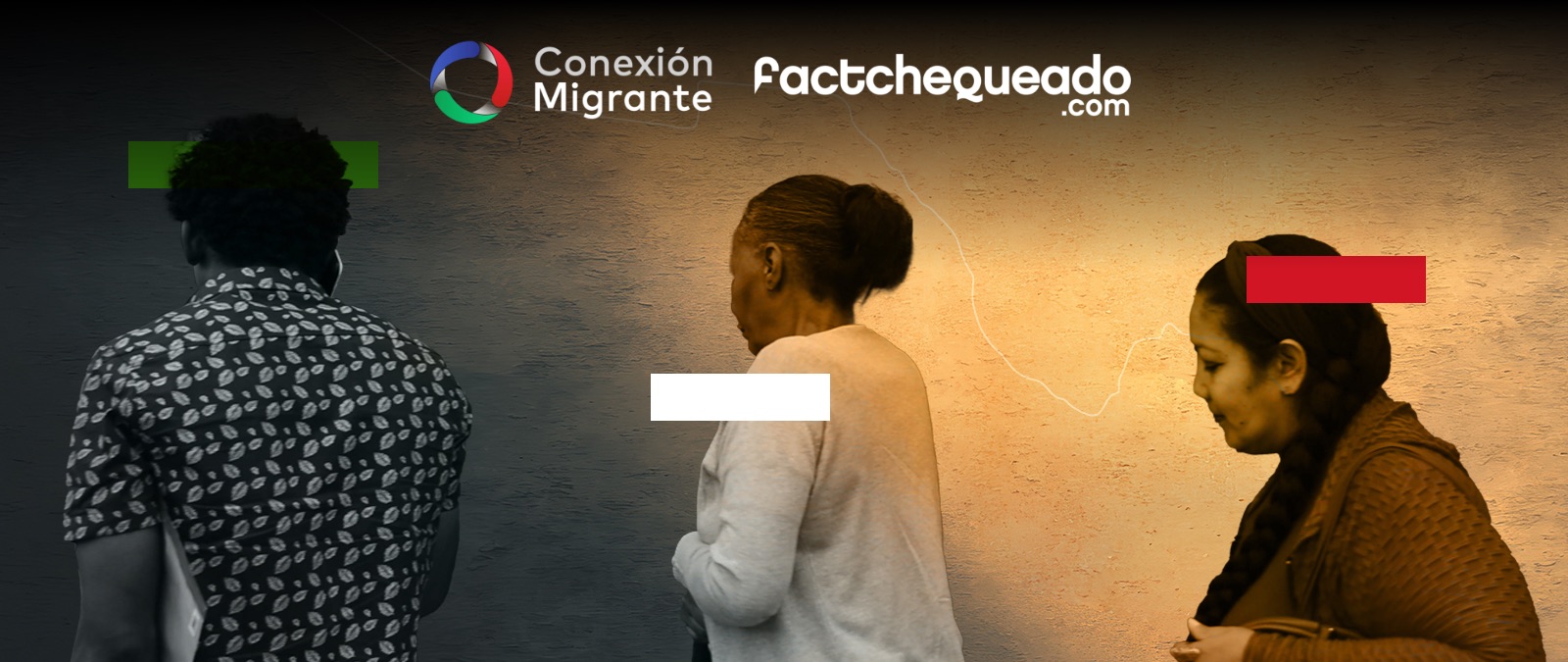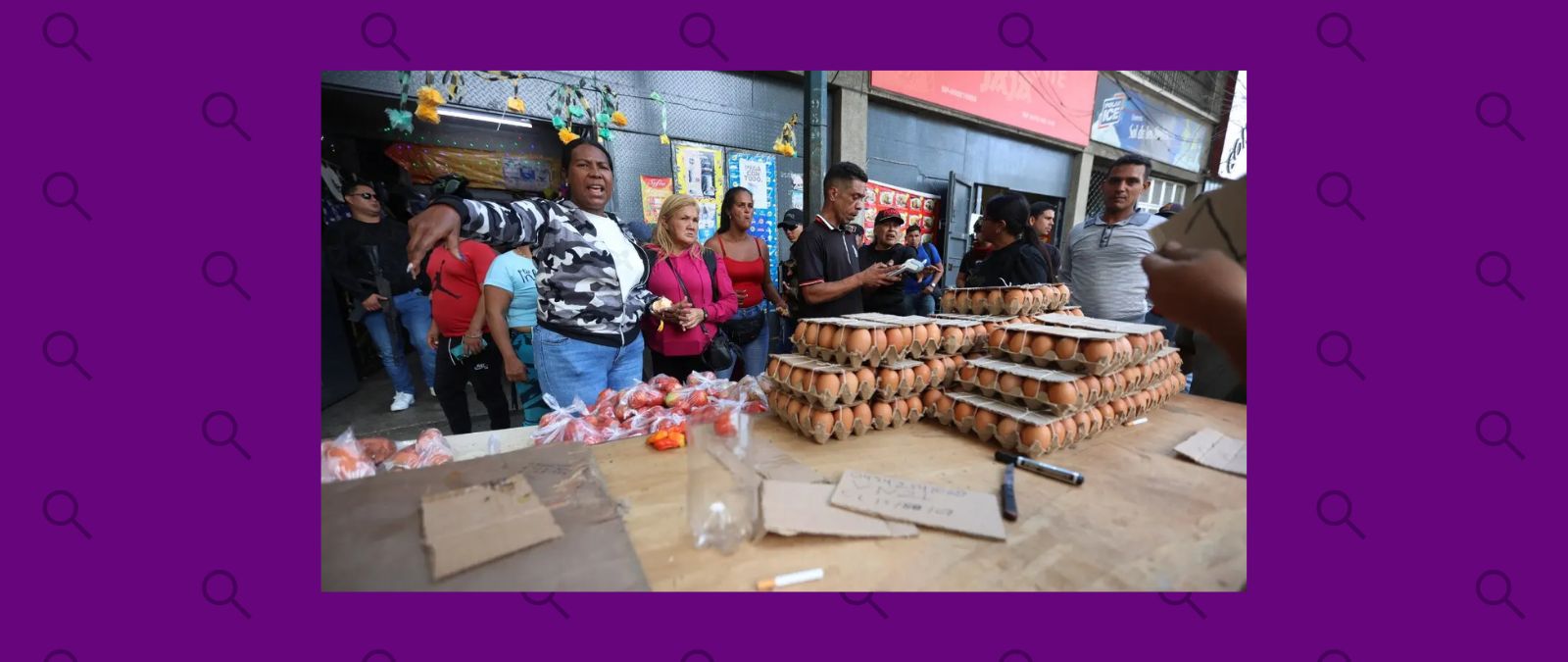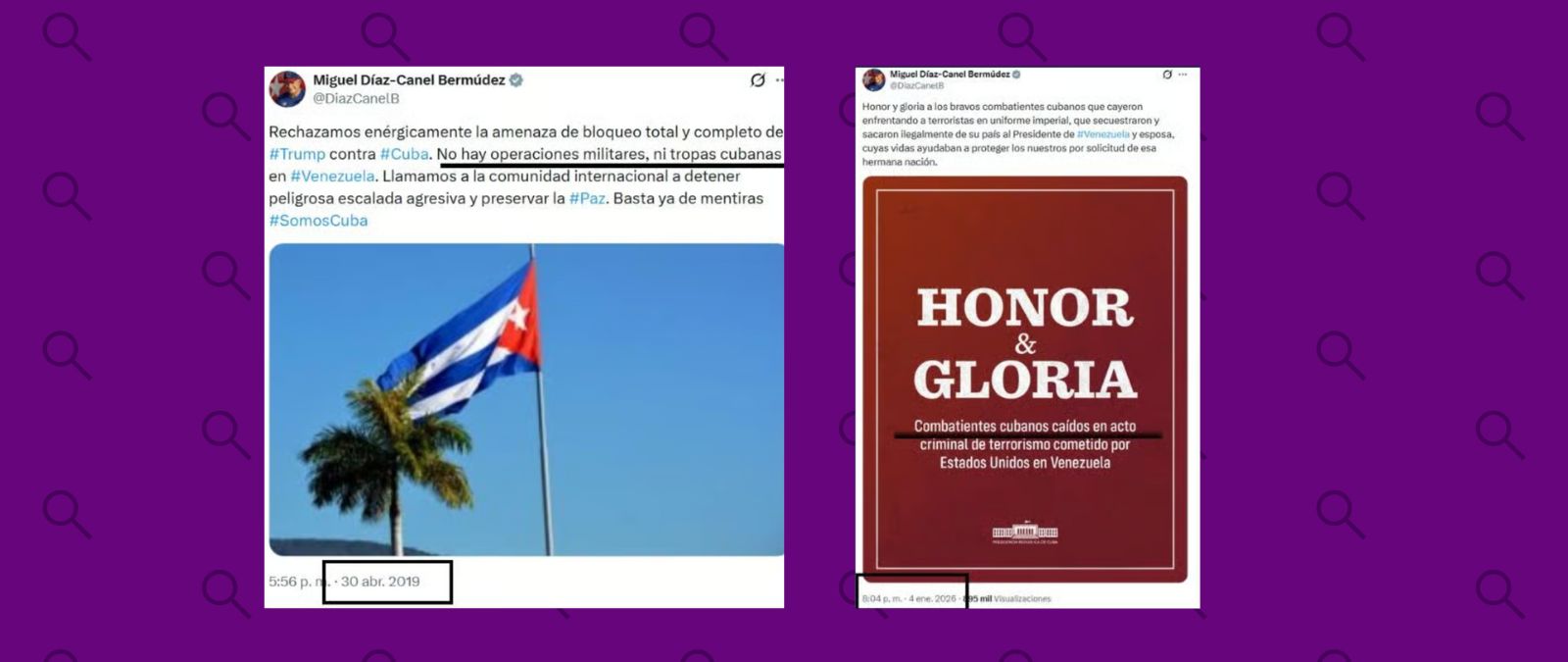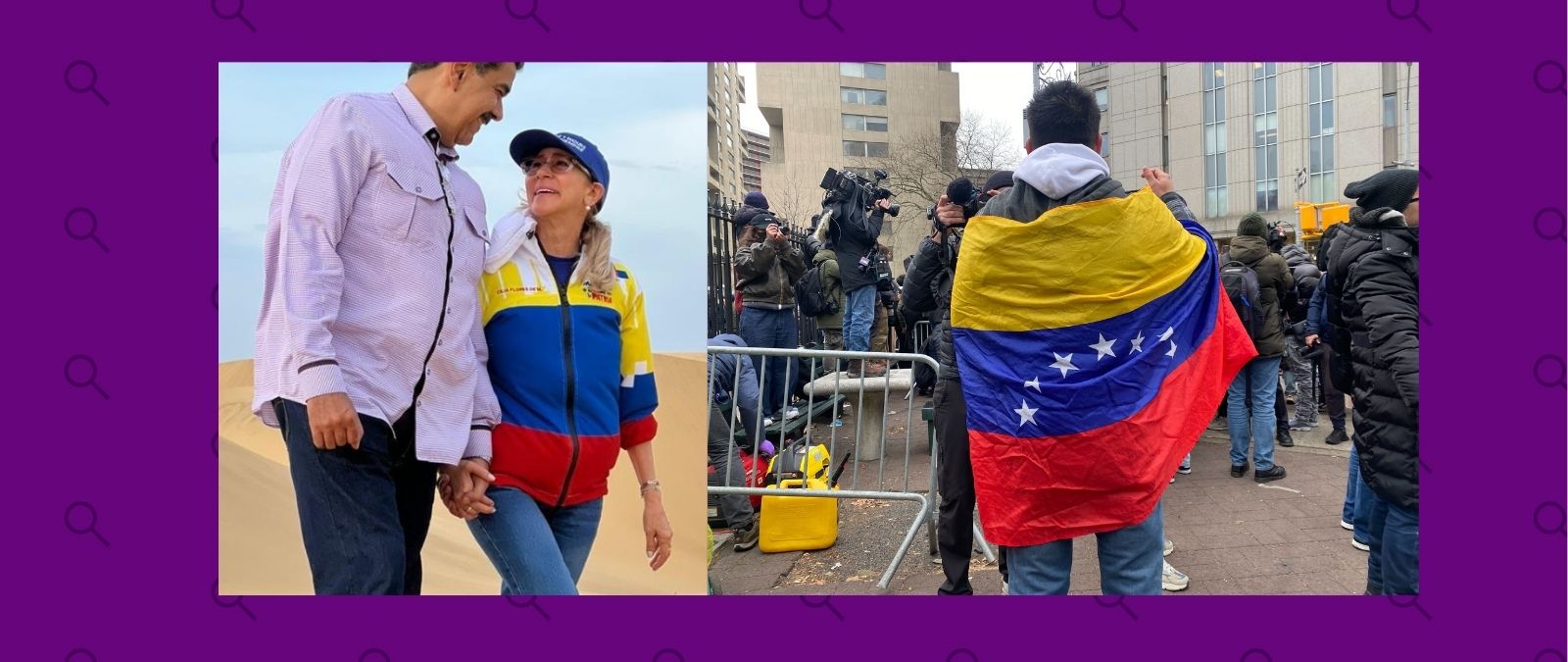This five-part investigation was conducted by Conexión Migrante and Factchequeado with support from the International Center for Journalists (ICFJ) Disarming Disinformation program.
Puedes leer esta nota en español haciendo clic aquí.
Arriving at the Mexican Commission for Refugee Assistance (COMAR) office on the outskirts of Mexico City in the morning, you're highly likely to encounter a line of people who arrived the night before to ensure they'll be seen.
Everyone is pressed up against the wall. The Haitians gather in one spot because “someone” in the line told them that they will be assisted by a translator, so they form a separate line. In another line, mothers with children and families with fathers, mothers, and children gather.
During the hours of waiting, some since dawn, everyone tells part of their journey. Rafael, a 50-year-old Venezuelan, says that when he crossed the Suchiate River, he was met on the Chiapas side by hooded men with guns who forced him and those who came on the raft to follow them.
They locked them up, asked for the phone numbers of their relatives in the United States, extorted money from those they could, and put them on public transportation to Tapachula, just half an hour from the river on the border with Guatemala.
A tall, dark-skinned Cuban citizen who says his name is Octavio says he managed to cross the US border once, twice, and even three times in 2024, before Donald Trump's arrival, but was deported to Mexico each time.
The last time, they warned him that the next time he would go to jail for trying to enter illegally. So he gave up on the “American dream” and sought refuge in Mexico, where he is trying to regularize his situation, so far without success. His traveling companion was not so lucky: he remains imprisoned in an immigration detention center in the United States.
There are also people who are not sure why they are there. They only went to COMAR because they were told that it was a way to regularize their stay in Mexico through asylum, although first they must convince the authorities that they fled their country because their lives were at risk or they were victims of political persecution, even if this is not true.
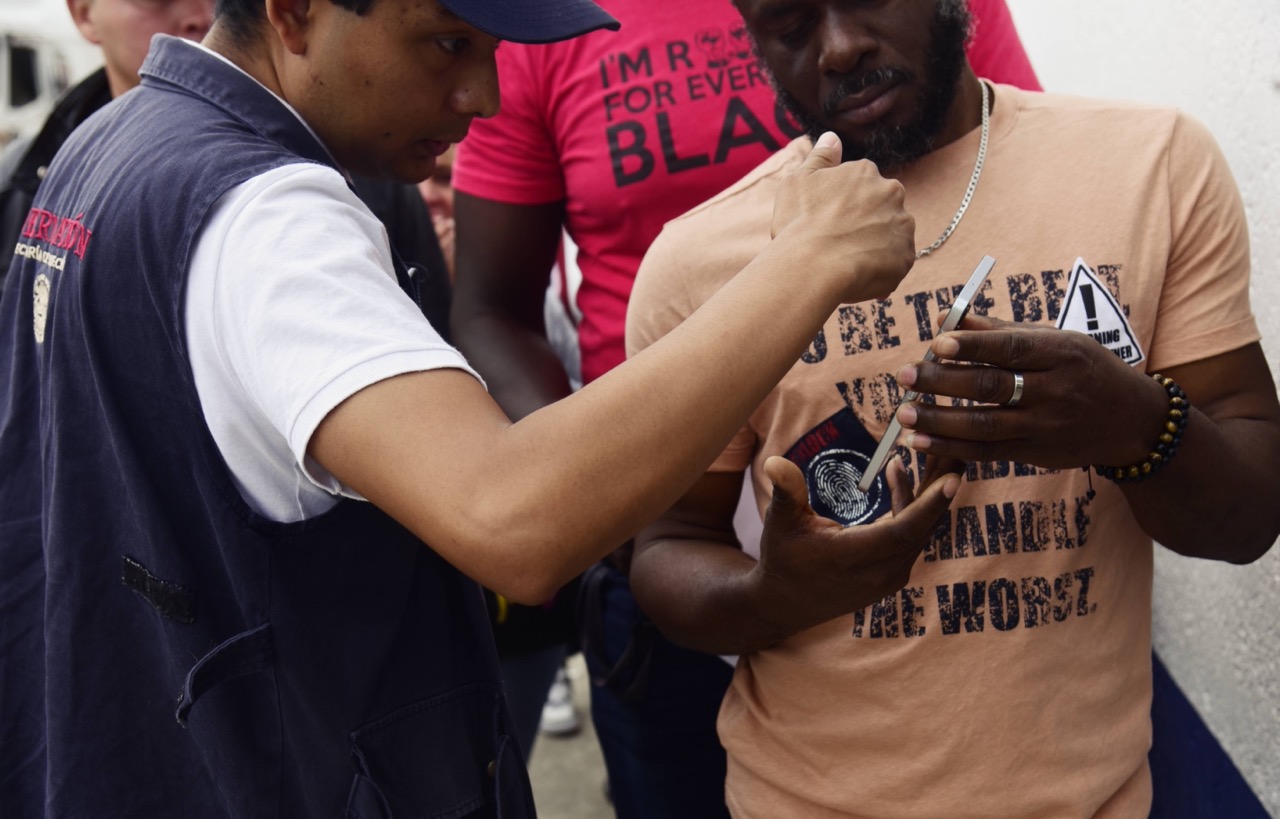
COMAR is the agency responsible for analyzing and granting refugee status to a person in Mexico, under the conditions of international agreements.
The number of asylum applications began to increase after the COVID-19 pandemic and in 2023 reached a historic high of 140,000 petitions, according to the UN Refugee Agency (UNHCR). In 2024, the Mexican government attempted to stem the flow of migrants and only officially processed 80,000 asylum applications.
Andrés Ramírez, former coordinator of COMAR from 2018 to 2024, explains in an interview that many of those people were not necessarily seeking refuge in Mexico, but approached the Commission advised by human traffickers—”coyotes”—to obtain a document that would allow them to travel within the country toward the northern border.
This document is the Visitor Card for Humanitarian Reasons (TVRH, by its Spanish acronym) and is issued by the National Migration Institute (INM).
“They just wanted to use that asylum seeker certificate to head north,” Ramírez said in an interview.
The Mexican government realized this mechanism was being used as a way to get closer to the United States and, starting in 2024, the INM stopped issuing the same quantity of cards and stopped complying with the law. Article 52 of the Migration Law establishes that "authorization for humanitarian stay status must be immediate and cannot be denied."
The Federal Public Defender's Institute detected a considerable decrease in card issuance in 2024: in the first four months of 2023, 51,393 TVRHs were issued, and in the same period of 2024, the figure dropped dramatically to 887.
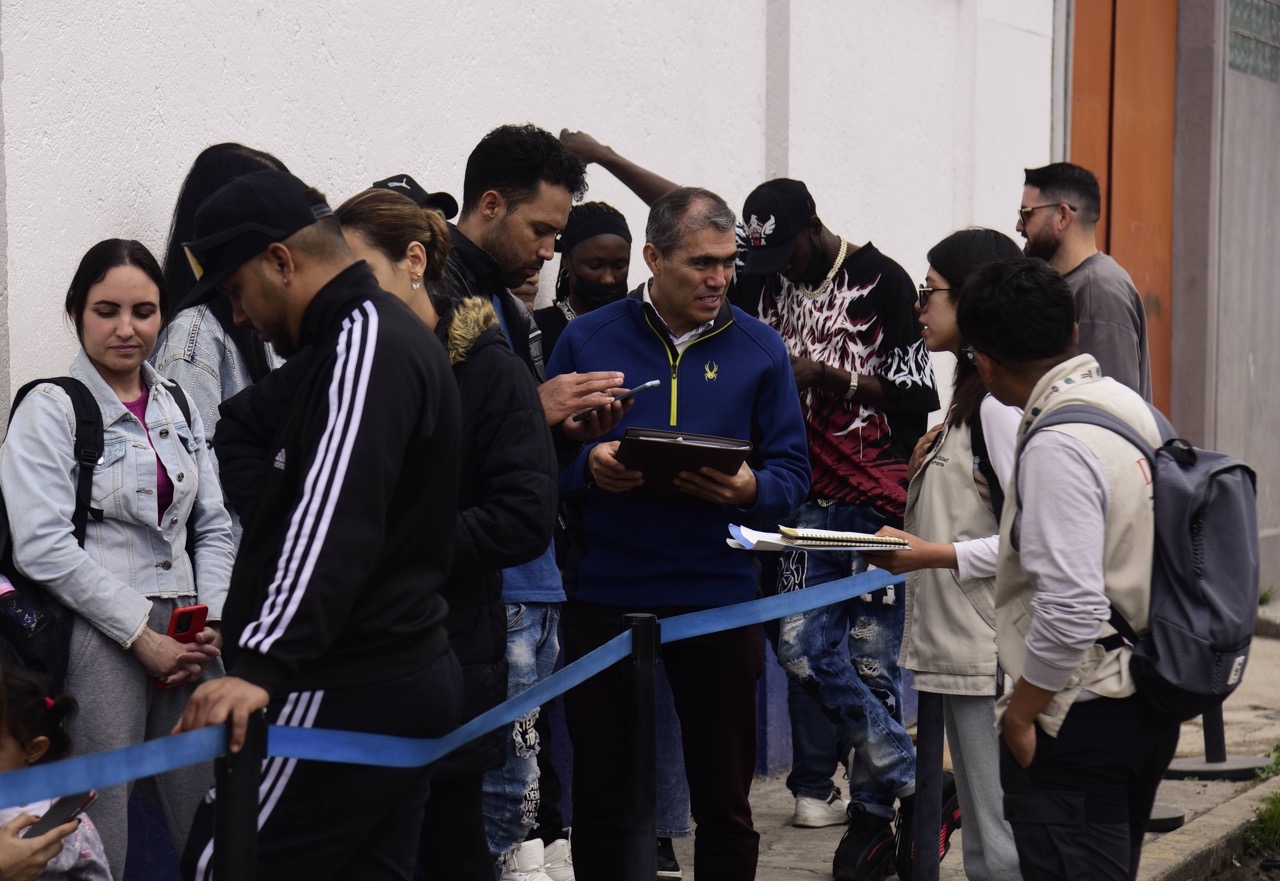
"This raised concerns within the Federal Legal Advisory Office, as the trend reflects a clear obstruction in the protection of the rights of persons subject to international protection. Carrying the TVRH protects individuals against return by foreign authorities,“ states the report “Abriendo Caminos para la Justicia” (Opening Paths to Justice), prepared by the Legal Advisory Unit and published in July 2025.
Lorena Cano, a lawyer who heads the Legal Clinic of the Institute for Women in Migration (IMUMI), warns that the National Immigration Institute is required by law to issue cards for humanitarian reasons during the process and that as long as a person does not have a COMAR resolution, they are “undocumented.”
“The law establishes that applicants should have a provisional document for humanitarian reasons until their proceedings are concluded. So, Immigration is not granting those documents; they are telling them: ‘Well, I accept your application, but I'm not going to decide on it until COMAR decides on you,’” Cano points out.
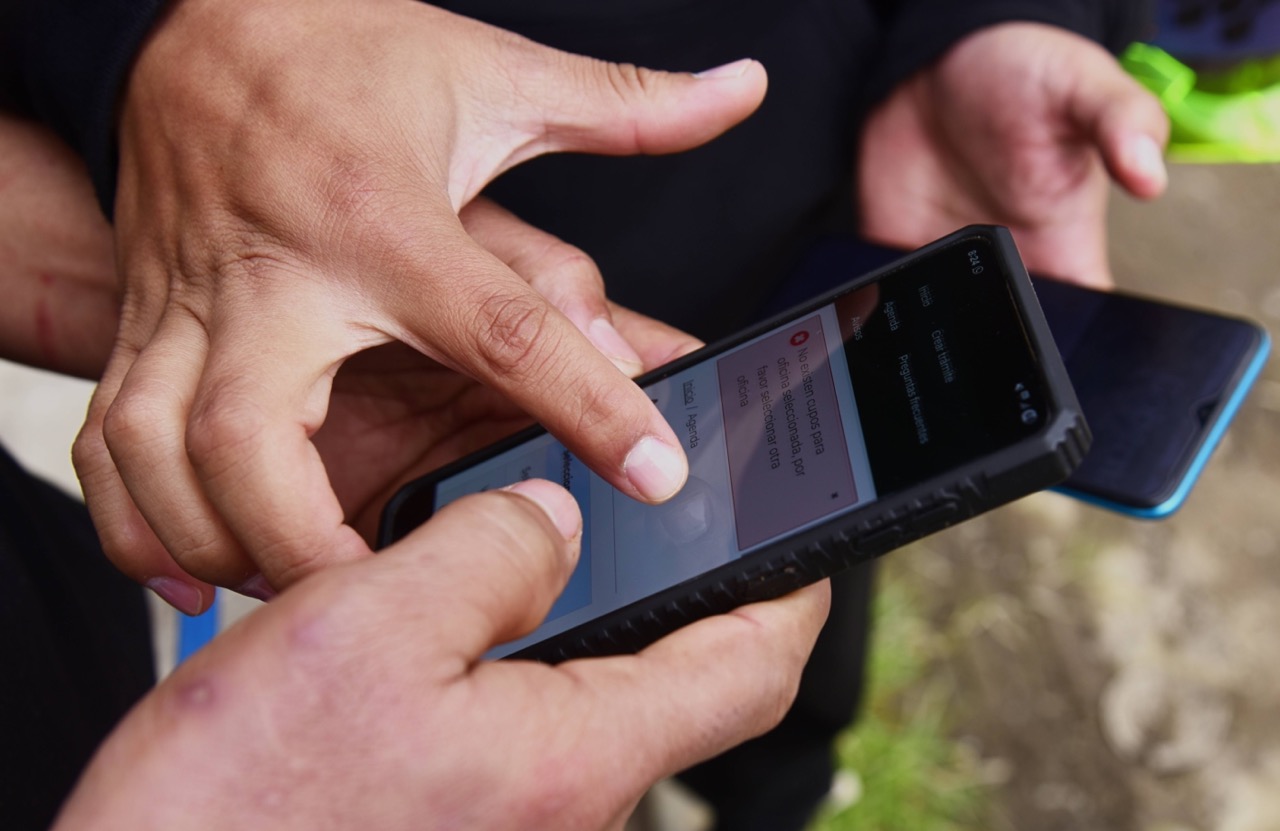
As of July 31, 2025, at least 39,497 asylum applications had been filed at the COMAR offices across the country. Tapachula, on the southern border, recorded the highest number, with 18,647 applications, followed by Mexico City, with 6,950 applications, according to data we obtained through a request made under Mexico’s Transparency Law.
The refugee recognition process takes longer than the 45 business days required by law, and COMAR has a significant backlog of cases, according to organizations that assist migrants.
Tere, a young Cuban woman with fair skin, went to COMAR last March and by early July had still had not heard anything about her application.
Octavio has been going to sign in to follow up on his case since late March, and by August he still had not had his eligibility interview.
Like them, thousands of people remain in Mexico in irregular immigration status, working in the informal economy to earn income and on the margins of free access to their rights.
*Third of five-part series, "I'm Staying in Mexico"
Factchequeado is a verification media outlet built by a Spanish-speaking community to tackle disinformation in the United States. Do you want to be part of it? Join us and verify the content you receive by sending it to our WhatsApp +16468736087 or to factchequeado.com/whatsapp.
Read more:


